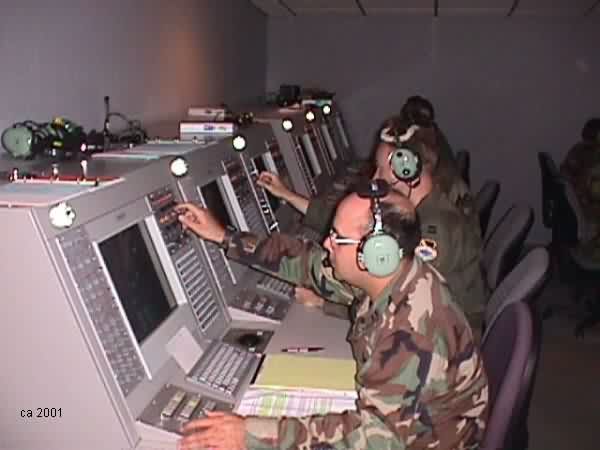

The Air Battle Manager course, which began in 1996, is over 8 months long. The traditional controller training program remains at the core of the course, but radar and passive sensor theory and application, as well as secure computer networking, wartime operations, and joint warfighting doctrine are added. Team building and airmanship receive emphasis throughout the training program. The weapons controller school is the oldest continuously operating unit at Tyndall AFB, opening in 1948. In early 1950, the school was transferred to Air Training Command and became the 3625th Combat Crew Training Squadron (CCTS). In 1954, a new facility was dedicated, building 1270, to support increased student production. During the 1960s with computer advancements and utilization, the Air Force began to combine multiple radar signals into a single radar picture at a central command facility. As a result, fewer controllers were needed and student production decreased. The 1970s witnessed a decrease in course length, from 13 weeks to just 6 weeks of simulator-only instruction. The 13 week course was still in effect as late as 1985 with students going to follow-on training at the ROCC or AWACS attending the long course and students going to 407L or manual remote sites going to the 6 week course. We also taught a short manual refresher course for controllers transitioning from automated systems such as the ROCC/RCC and AWACS back to manual sites in Germany, Korea and Alaska. In 1979, the school`s UPA-35 radar scopes were replaced by what would become the worldwide standard for tactical radar control, the legendary UPA-62. UPA 35s were still installed in the live lab (lab 1 as I recall.) as late as Dec 1986. Instructors monitoring live flying training missions normally used these terminals. Call signs for the T-33 aircraft was Bones.
In 1982, a follow-on course for students going to joint surveillance system assignments was begun at Tyndall. The JSS course was taught at the ROCC at Tyndall. To my knowledge, there were no ATC slots but were TAC weapons controller performing instructor duties. A new school was formed as the 325th Weapons Controller Training Squadron, taking its designation from the 325th Fighter Control Squadron that served in North Africa, Italy, and France during World War II.
When the Cold War ended in the 1990s, the Air Force began a massive restructuring of its training efforts. At Tyndall, the 3625th and the 325th WCTS were combined and settled on the historic 325th Training Squadron designation. The analog UPA-62s were replaced with Modular Control Equipment and training slowly expanded by adding more F-15 missions to the training syllabus.
Now, all Air Battle Manager basic controller training is conducted on AWACS radar scopes at Tyndall. The AWACS Modeling and Simulation (AMS) program was a $16 million program to build three operations rooms and a large sim driver room for all phases of ABM training. This facility is housed in building 1282.
In fall of 2001, we break ground on a $6.2 million facility - the first new schoolhouse in a LONG time! The new building will be across Beacon Beach road, SouthEast of 1270.
The 325th Training Squadron has been redesignated the 325th Air Control Squadron with its lineage dating back to the decorated 325th Fighter Control Squadron which saw action in North Africa and Southern Europe during WWII.
Maj Scott J. Witte
325 TRS/DOA
DSN: 523-2967
Comm: 850-283-2967